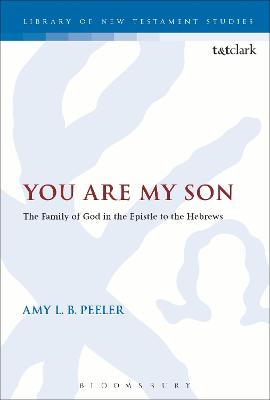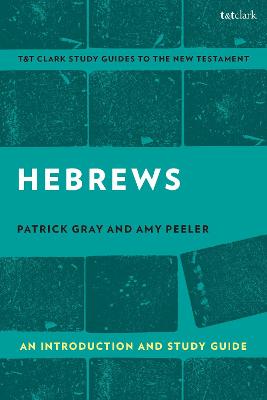Criminal Practice
2 total works
The author of Hebrews calls God 'Father' only twice in his sermon. This fact could account for scholarship's lack of attention to the familial dynamics that run throughout the letter. Peeler argues, however, that by having God articulate his identity as Father through speaking Israel's Scriptures at the very beginning and near the end of his sermon, the author sets a familial framework around his entire exhortation. The author enriches the picture of God's family by continually portraying Jesus as God's Son, the audience as God's many sons, the blessings God bestows as inheritance, and the trials God allows as pedagogy. The recurrence of the theme coalesces into a powerful ontological reality for the audience: because God is the Father of Jesus Christ, they too are the sons of God. But even more than the model of sonship, Jesus' relationship with his Father ensures that the children of God will endure the race of faith to a successful finish because they are an integral part of comprehensive inheritance promised by his Father and secured by his obedience. Because of the familial relationship between God and Jesus, the audience of Hebrews - God's children - can remain in the house of God forever.
Hebrews: An Introduction and Study Guide
by Amy L. B. Peeler and Patrick Gray
Published 9 January 2020
This volume offers a compact introduction to one of the most daunting texts in the New Testament. The Letter to the Hebrews has inspired many readers with its encomium to faith, troubled others with its hard sayings on the impossibility of a second repentance, and perplexed still others with its exegetical assumptions and operations drawn from a cultural matrix that is largely alien to modern sensibilities. Long thought to be Paul, the anonymous author of Hebrews exhibits points of continuity with the apostle and other New Testament writers in the letter’s (or sermon’s) vision of life in the light of the crucified Messiah, but one also finds distinctive perspectives in such areas as Christology, eschatology, and atonement.
Gray and Peeler survey the salient historical, social, and rhetorical factors to be considered in the interpretation of this document, as well as its theological, liturgical, and cultural legacy. They invite readers to enter the world of one of the boldest Christian thinkers of the first century.
Gray and Peeler survey the salient historical, social, and rhetorical factors to be considered in the interpretation of this document, as well as its theological, liturgical, and cultural legacy. They invite readers to enter the world of one of the boldest Christian thinkers of the first century.

